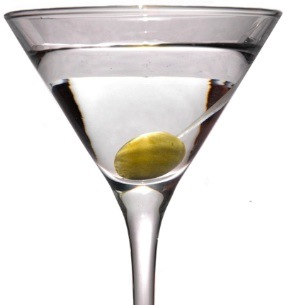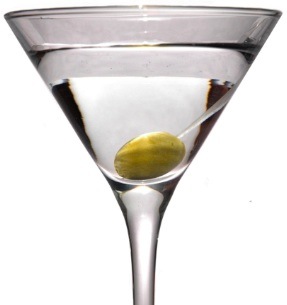 The expert’s guide to… the Martini
The expert’s guide to… the Martini
Vodka or gin?
Simple. If you choose vodka, then you’re not having a Martini. You have in fact fallen victim to a Smirnoff advertising campaign suggesting vodka could be substituted for gin, a clever and remarkably successful ploy as it turned out. A ‘Martini’ made with vodka is properly called a Kangaroo—don’t ask why—so for the authentic Martini, gin it is.
Shaken or stirred?
You’re thinking shaken, right? I mean, that’s how 007 has it, and if anyone knows, he does. Well, no, actually. Just think about it. If James Bond had to ask for his Martini shaken it was because it’s usually stirred—he just wanted to stand out from the crowd, show how exciting he was. He was wrong. While the relative advantages of shaking and stirring could be debated forever, stirring has one clear benefit: the appearance of a drink is crucial, and for a Martini this means crystal clear. Although shaking may well be more efficient, it invariably leaves the drink clouded with minuscule bubbles of air. For an opaque cocktail such as a Margarita—which, while we’re on the subject, should never be blended—this isn’t a problem, but for a Martini it just won’t do.
Dry or extra dry?
First, a little clarification. There are two types of vermouth: sweet and dry. Any cocktail made with vermouth can have three different sub-types: the basic version made with sweet vermouth (e.g. ‘Martini’), the Dry version made with dry vermouth (e.g. ‘Dry Martini’) and the Perfect version made with half dry and half sweet (e.g. ‘Perfect Martini’). In theory, therefore, what makes a Dry Martini dry is not the ratio of gin to vermouth but the use of dry vermouth. But in practice, a modern Martini is always made with dry vermouth and Dry Martini has come to mean one with less vermouth. A Martini with no vermouth, however, is quite clearly not a Martini, no matter how dry you say it is. So either add some vermouth, or call it what it is: cold gin. A good Martini will, depending on the drinker’s taste, have one part vermouth to anything between two and fifteen parts gin. I would recommend a ratio of one to five as a starting point but it really is down to personal preference.
So what’s the secret?
Water, believe it or not. When mixing the drink, melting ice adds water to the cocktail. Usually the process leaves the cocktail around one fifth water, although this depends on the quantity of ice used, the surface area of the ice, and how long it is stirred for. Shaking melts the ice faster, so if you do decide to take the lead from 007, then be careful not to shake excessively. The effect of the water is to blend the vermouth and gin into a smooth cocktail, and to take the burn off the alcohol.
Another important point is that the quality of the ingredients has a huge effect on the final quality. You get what you pay for, so some unbranded supermarket gin will not make a Martini anywhere near the quality of that mixed using a higher quality product. If you’re training to be a true connoisseur, go for quality not quantity.
The most important thing, however, is to enjoy drinking it. So add as much or as little vermouth as you like, or even none at all. If you really want to, then go ahead and use vodka. Go ahead. But you better not let me catch you calling it a Martini.

